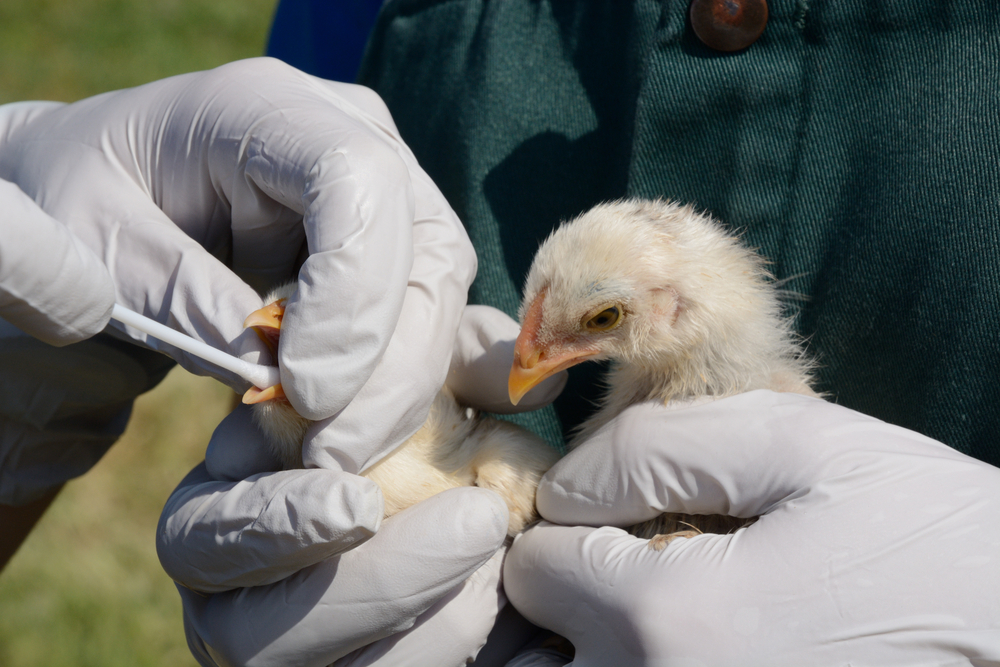
The U.S. Department of Agriculture (USDA) has taken numerous steps to reduce the risk of avian influenza, but needs a plan to evaluate its efforts going forward, according to a recent report issued by the U.S. Government Accountability Office (GAO).
In preparing its report, GAO was asked to examine how outbreaks of avian influenza have affected human health, animal health and the U.S. economy; the extent to which the USDA has taken action to address risks for future outbreaks; and the ongoing challenges federal agencies face in mitigating the harmful effects of avian influenza.
While the disease rarely affects human populations, only accounting for approximately 2,100 infections and 800 deaths since 1997, the effects on commercial poultry can be devastating. From December 2014 to June 2015, more than 50 million birds died from the disease. After that outbreak, USDA identified 15 areas with lessons learned from its response efforts.
One specific lesson learned was that there were not enough skilled personnel available for depopulating infected poultry, leaving more opportunities for the disease to spread elsewhere in flocks. While the department had made some progress, GAO’s report said it has not evaluated the extent to which it has fixed its previous issues, such as encouraging states to form depopulation teams. GAO also said it did not find any plan from the USDA to begin evaluating its efforts.
The report also found that federal actions to protect poultry relied on voluntary actions by a wide range of poultry producers to take routine preventative measures, known as biosecurity. USDA currently has two major projects underway to encourage more biosecurity-related efforts.
GAO recommended that the USDA develop a plan to evaluate the effectiveness of its corrective actions. The USDA agreed with the recommendation.




